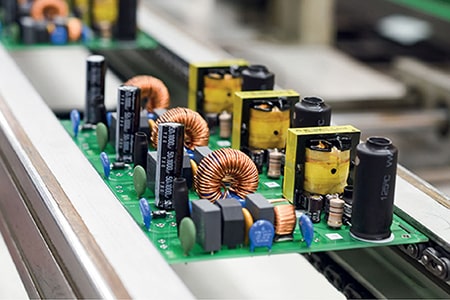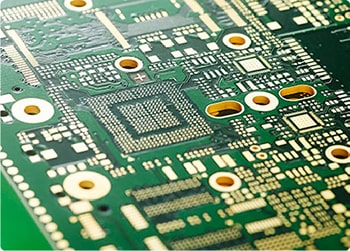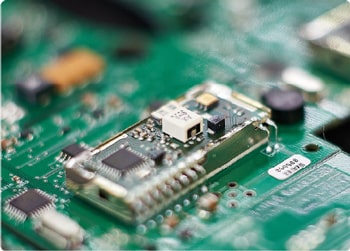Why do we need to bake PCBs for SMT patch processing?
Generally, PCBs are baked in ovens before patch processing (except for special boards). What is the use of this?

The role of baking PCBs before patch processing
1. Remove moisture: PCBs may absorb moisture from the air during storage and transportation. Humidity may have an adverse effect on electronic components and the welding process. By baking, moisture on the PCB can be effectively removed to ensure that it will not cause poor welding or damage to components during the subsequent welding process.
2. Prevent welding bubbles: Moisture in the PCB evaporates at high temperatures. If it is not baked in advance, when the PCB enters the welding process, moisture may form bubbles at high temperatures. These bubbles may cause the solder joints to be loose and affect the reliability of the electrical connection. By pre-baking, the risk of welding bubbles can be reduced.
3. Improve component adhesion: Baking also helps to improve the adhesion of components on the PCB surface. This is critical for the SMT (Surface Mount Technology) patch process, because components need to be firmly adhered to the PCB surface to ensure reliable connection.
4. Avoid thermal shock: Thermal shock caused by temperature changes in PCB may have a negative impact on electronic components. By baking at a controlled temperature before production, thermal shock can be mitigated or avoided, ensuring that electronic components are not damaged throughout the manufacturing process.
Baking the PCB is to ensure that components can be reliably soldered to the PCB surface during SMT patch processing, improving product quality and reliability.
PCBAMake is a well-equipped factory that is far ahead of the industry, meeting the different needs of customers and helping your project.







